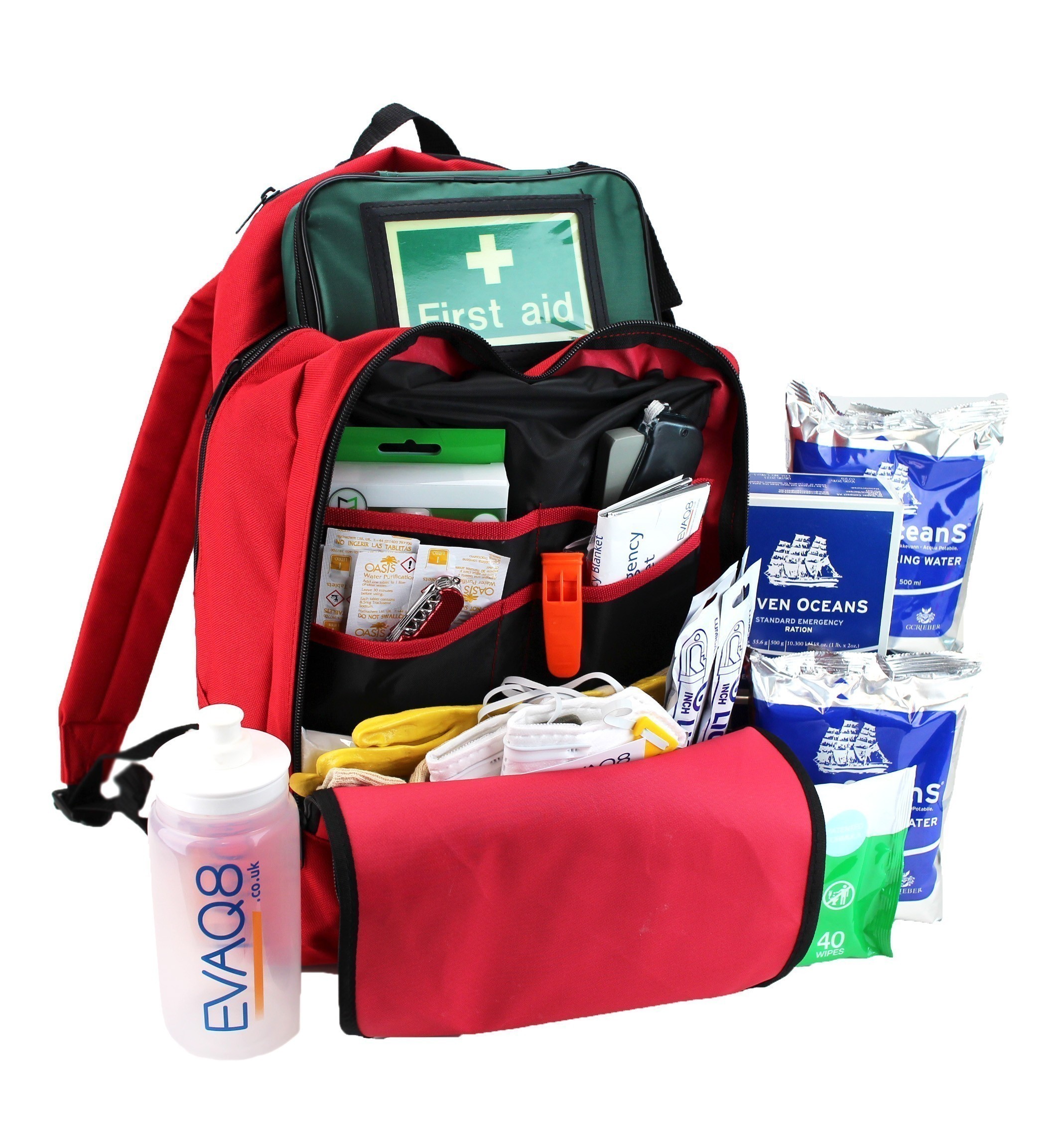Survival Kit List
What goes into a well designed Survival Kit?
A well prepared survival kit is invaluable for any emergency situation. While most survival kits are specifically intended for outdoor survival situations some are primarily designed for urban situations (Go Bags and Preparedness Kits). Many items in your outdoor survival kit list will overlap with your urban survival kit and vice versa. But there are priorities depending on your most likely scenarios. Consider weight, space and other situational priorities when making your choices. Remember to carry high quality items that you know you can depend on in a real emergency or disaster situation.
Your Essential Survival Kit Checklist:
 shelter | Shelter Options for Urban Survival Kits: Shelter is vital in emergency situations. For outdoor shelter, consider including one or more of the following: a lightweight tent, a bothy bag (a temporary shelter resembling a tent), a waterproof tarp, an all-weather blanket, or a bivi bag (a compact waterproof survival bag). Additionally, sleeping bags, foil blankets, and ponchos are versatile and can be handy in both outdoor and urban settings
| |
tools | Must-Have Survival Tools
| |
food | Sustenance - Food Supplies: add enough long-life, ready-to-eat food for each person to last a minimum of three days; ideally up to seven to ten days. You can store canned food, long life processed meals or specialist emergency survival rations (also see Food for Survival)
| |
| ||
water | Water Necessities: Have drinking water ready for immediate access, at least 1.5 litres per adult per day. Even when sheltering indoors the water mains could become disrupted. This can be in the form of standard water bottles or long-life emergency water rations.
| |
light | Illumination Tools: a good torch that uses LEDs instead of a bulb is best for most emergency situations. A head-torch will provide personal light while leaving your hands free to complete your tasks. Don't forget spare batteries or choose wind-up technology.
| |
heating cooking | Heating and Cooking Supplies:
| |
first aid | First Aid and Health: The type and extent of the first aid kit you pack is dependent on your level of proficiency and training. A universal first aid kit with the addition of burns dressings should suffice for basic purposes.
| |
repair | Repair and Maintenance:
| |
power | Power Sources:
| |
signalling navigation | Signaling and Navigation:
| |
comms | Communication Tools:
| |
















